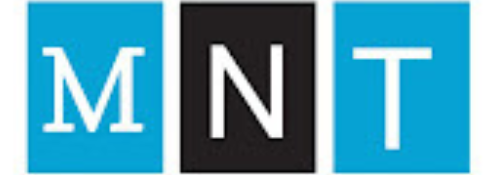Getting clients from Facebook Ads for your business involves a well-structured and strategic approach. Below is a comprehensive step-by-step roadmap with examples to guide you through the process:
Step 1: Define Your Goals and Target Audience
Example: Let’s say you run a digital marketing agency, and your goal is to acquire new clients for your services.
- Goal Definition: Your primary goal is to generate leads and convert them into paying clients.
- Target Audience: Identify your ideal clients based on factors like industry, business size, location, and specific needs. For instance, you might target small e-commerce businesses in the fashion industry.
Step 2: Set Up Your Facebook Business Account
Example: If you haven’t already, create a Facebook Business account for your agency.
Step 3: Develop a Landing Page
Example: Build a landing page on your website specifically designed to capture leads. Include a clear call to action (CTA) and an offer, such as a free consultation or a downloadable e-book on effective digital marketing strategies.
Step 4: Create Compelling Ad Content
Example: Design Facebook Ads that highlight the benefits of your services, focusing on what sets your agency apart. For instance, “Boost Your E-commerce Sales with Our Proven Marketing Strategies.”
Step 5: Choose Campaign Objectives
Example: Select “Conversions” as your campaign objective since your ultimate goal is to convert leads into clients.
Step 6: Define Your Target Audience on Facebook
Example: In Facebook Ads Manager, target small e-commerce businesses in the fashion industry by selecting criteria like business size, industry, location, and interests related to e-commerce.
Step 7: Set Your Budget and Schedule
Example: Set a daily or lifetime budget based on your financial resources and allocate it strategically throughout the campaign’s duration.
Step 8: Create Your Facebook Ad
Example: Create ad creatives with attention-grabbing visuals and persuasive ad copy that emphasizes your agency’s expertise and the value you provide to e-commerce businesses.
Step 9: Add a CTA Button and Link to Your Landing Page
Example: Use a “Learn More” CTA button that directs users to your landing page where they can sign up for a free consultation.
Step 10: Implement Facebook Pixel
Example: Install the Facebook Pixel on your landing page to track conversions and gather data on user behavior.
Step 11: Run the Facebook Ad Campaign
Example: Start your campaign, and let it run for a predetermined period, closely monitoring its performance.
Step 12: Optimize Your Campaign
Example: Regularly review the ad performance metrics, such as click-through rate (CTR), conversion rate, and cost per conversion. Adjust ad creatives, targeting, or budget based on what’s working best.
Step 13: Capture Leads
Example: As users click on your ad and land on your landing page, encourage them to provide their contact information in exchange for your offer (e.g., a free consultation). Ensure the lead capture form is user-friendly and only asks for essential information.
Step 14: Nurture Leads
Example: After capturing leads, send them a series of automated follow-up emails with valuable content, case studies, and testimonials to build trust and showcase your expertise.
Step 15: Convert Leads into Clients
Example: Engage with leads through personalized communication, addressing their specific needs and concerns. Offer tailored solutions and demonstrate how your agency can help them achieve their goals.
Step 16: Measure ROI and Refine Strategies
Example: Calculate the return on investment (ROI) by comparing the revenue generated from converted leads to the ad spend. Continuously refine your Facebook Ads and lead nurturing strategies based on data and feedback to optimize client acquisition.
Remember that acquiring clients through Facebook Ads often requires ongoing optimization and testing. By following this roadmap and adjusting your strategies based on your specific business and industry, you can effectively attract new clients for your business.
